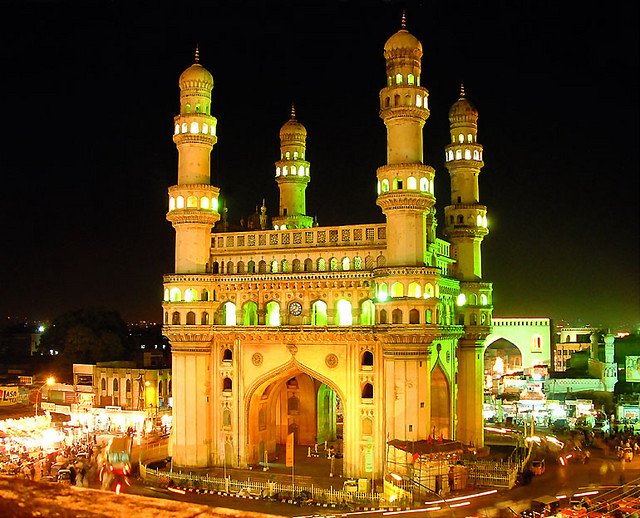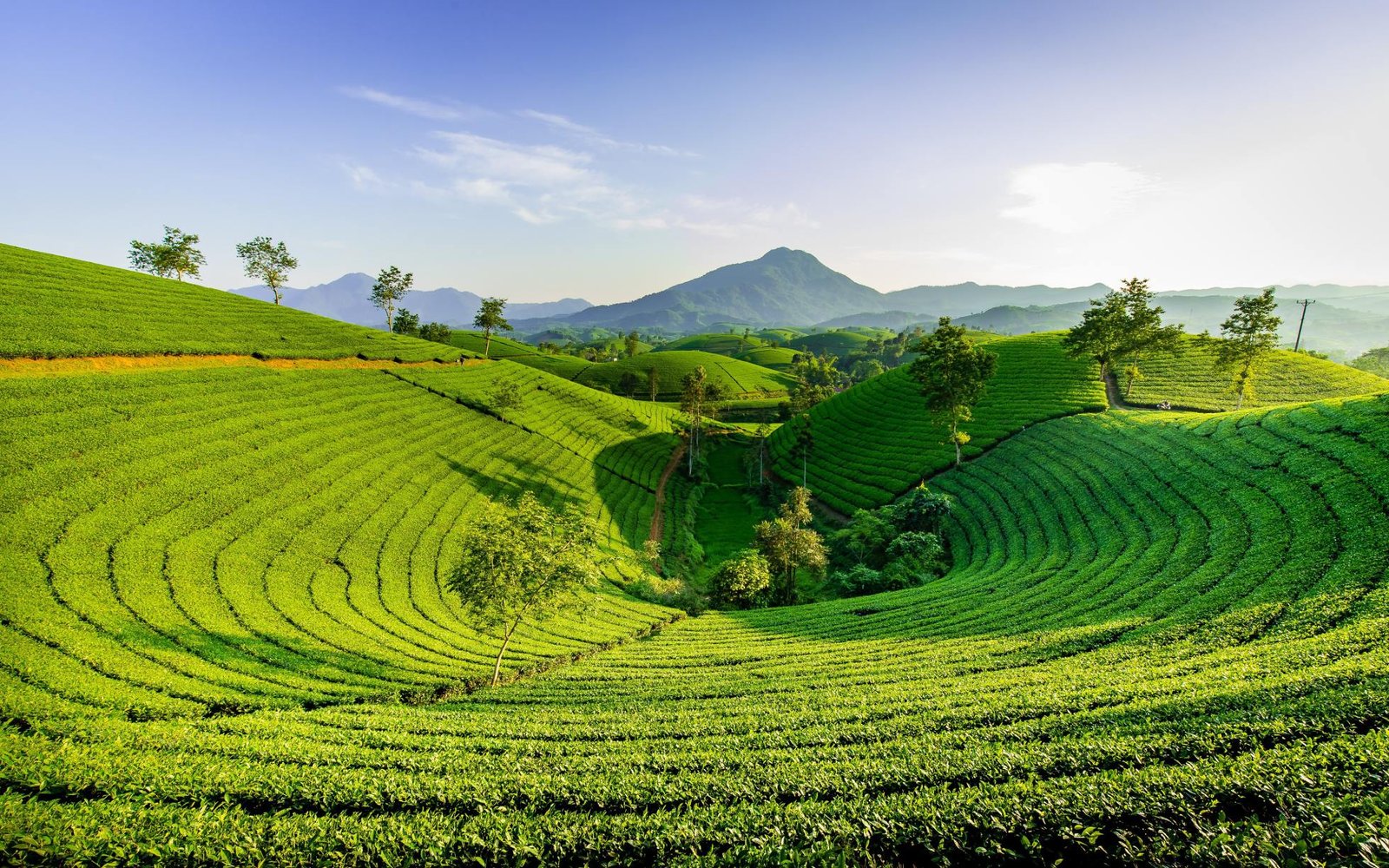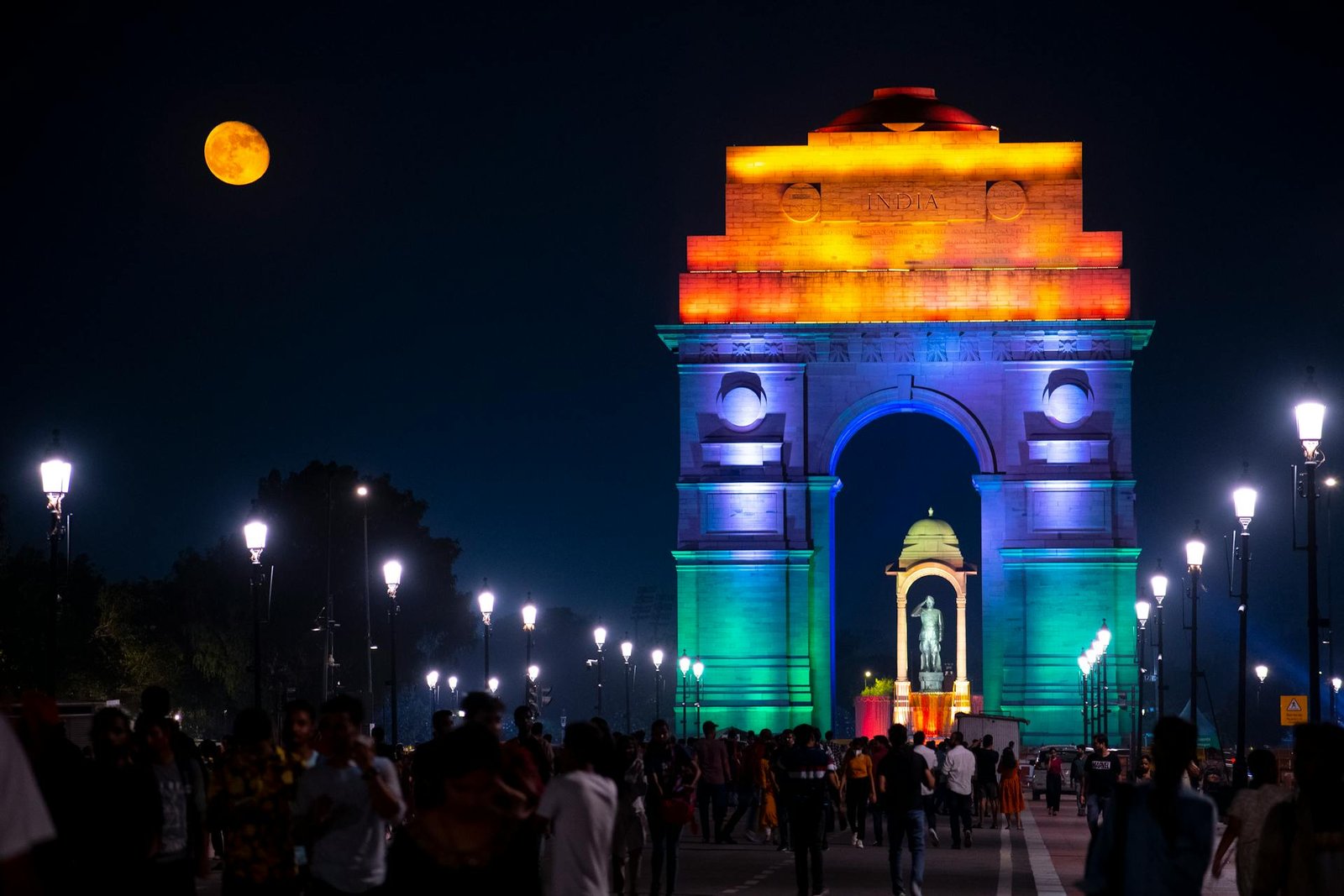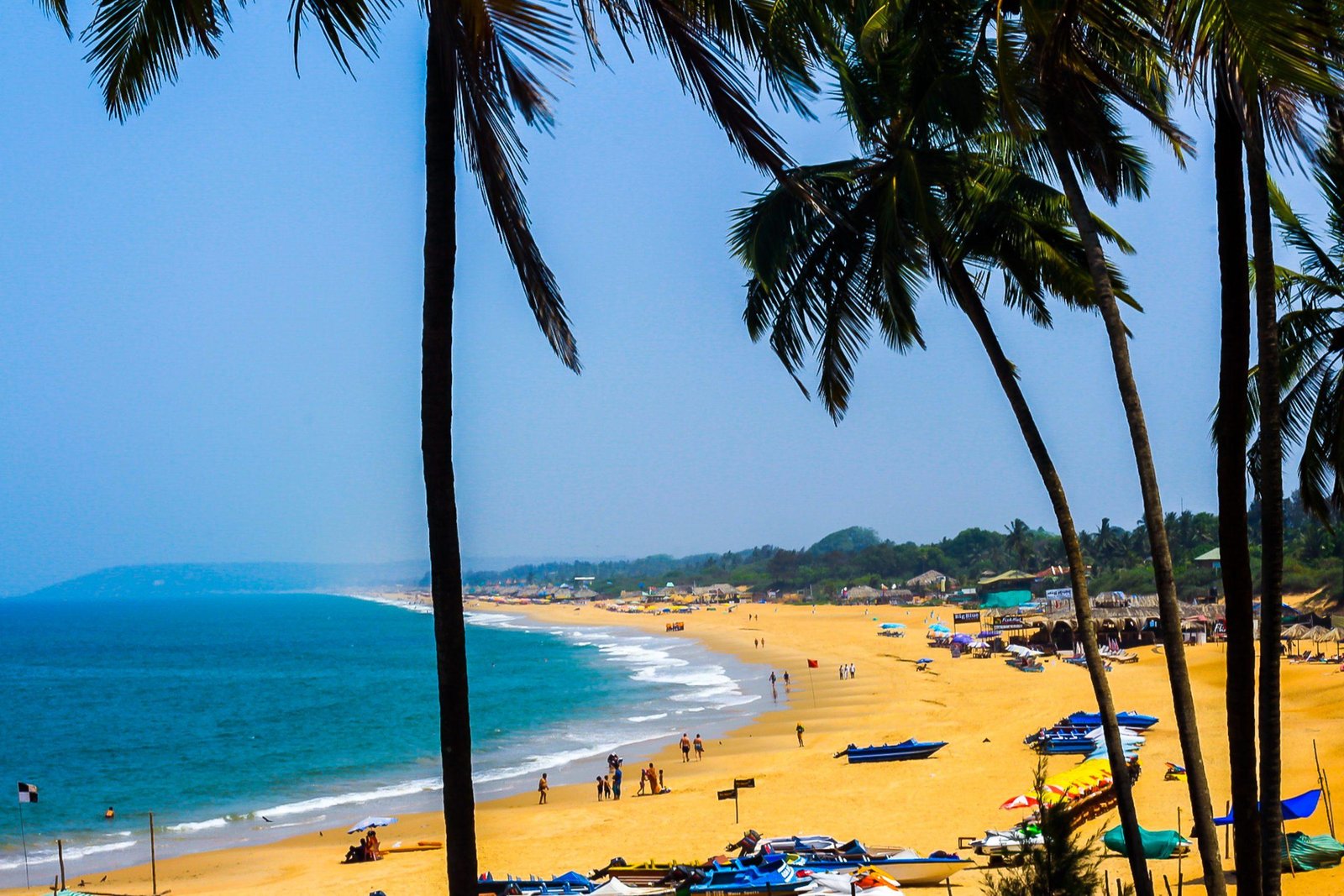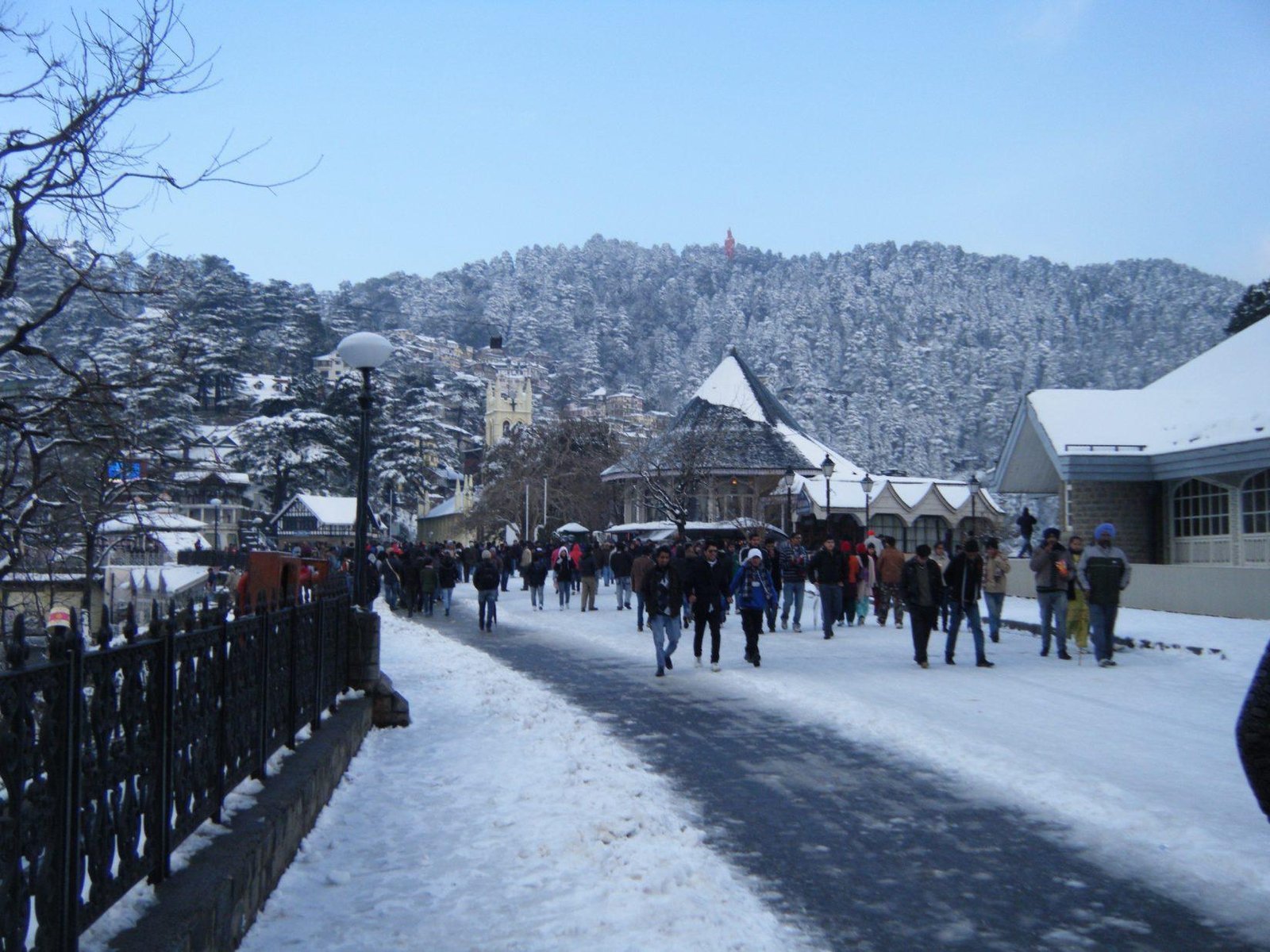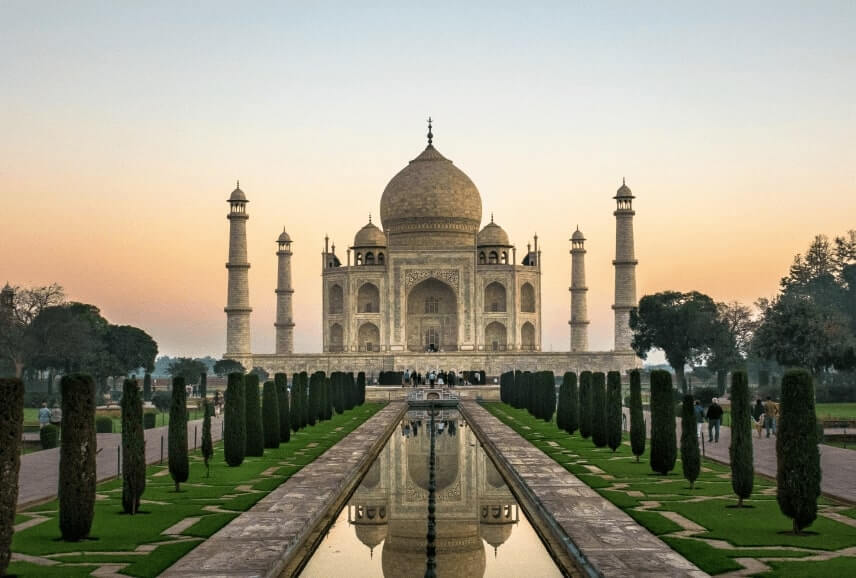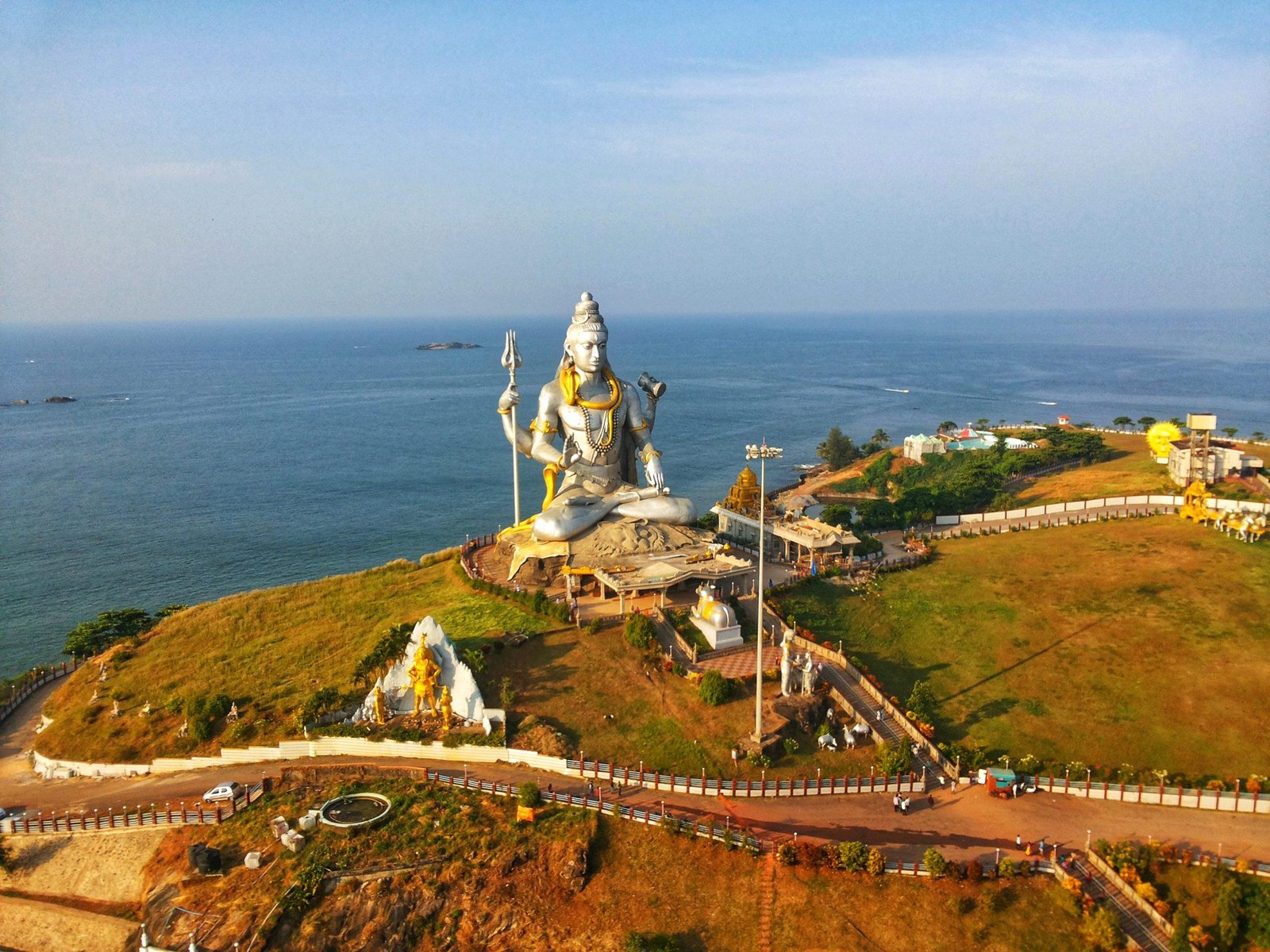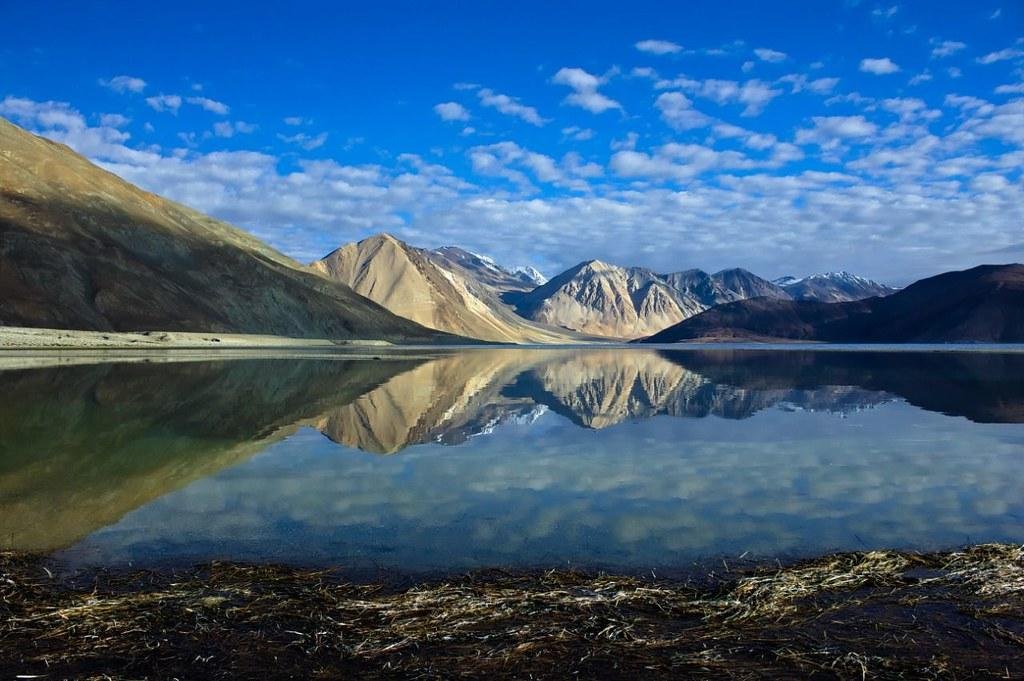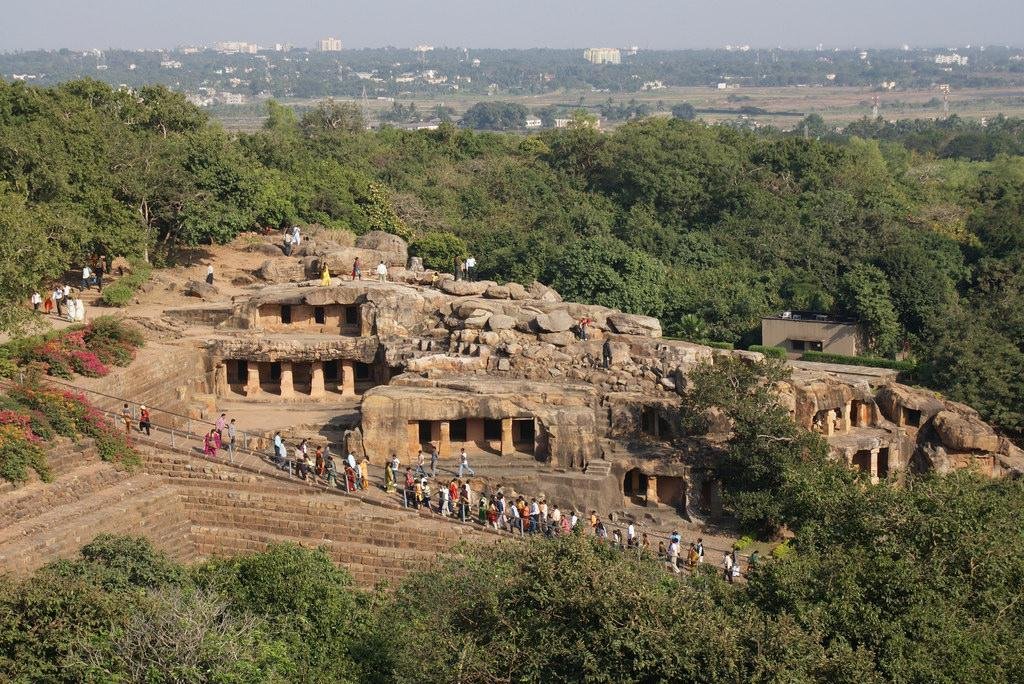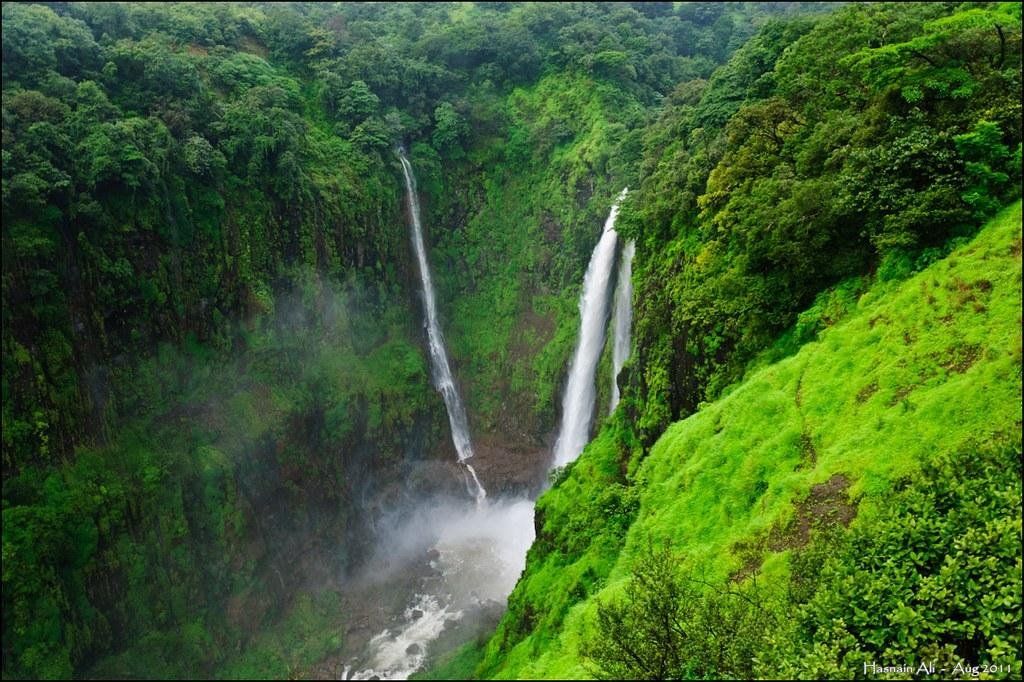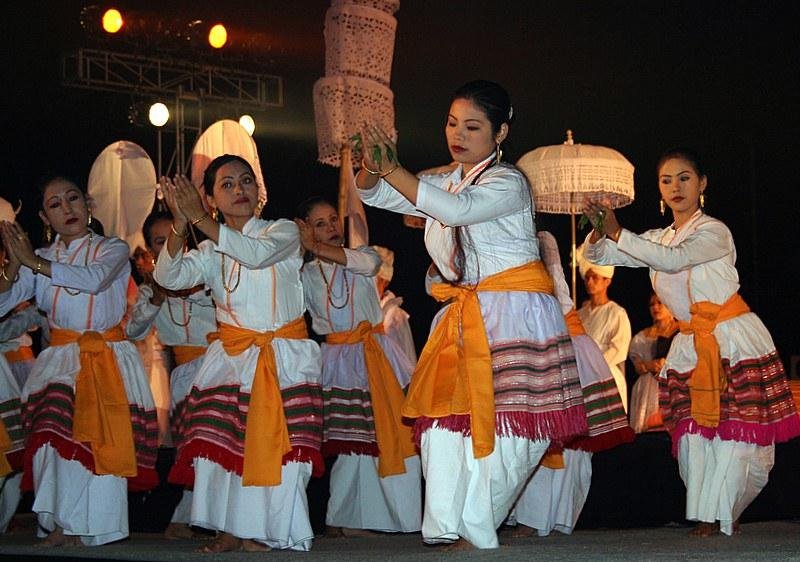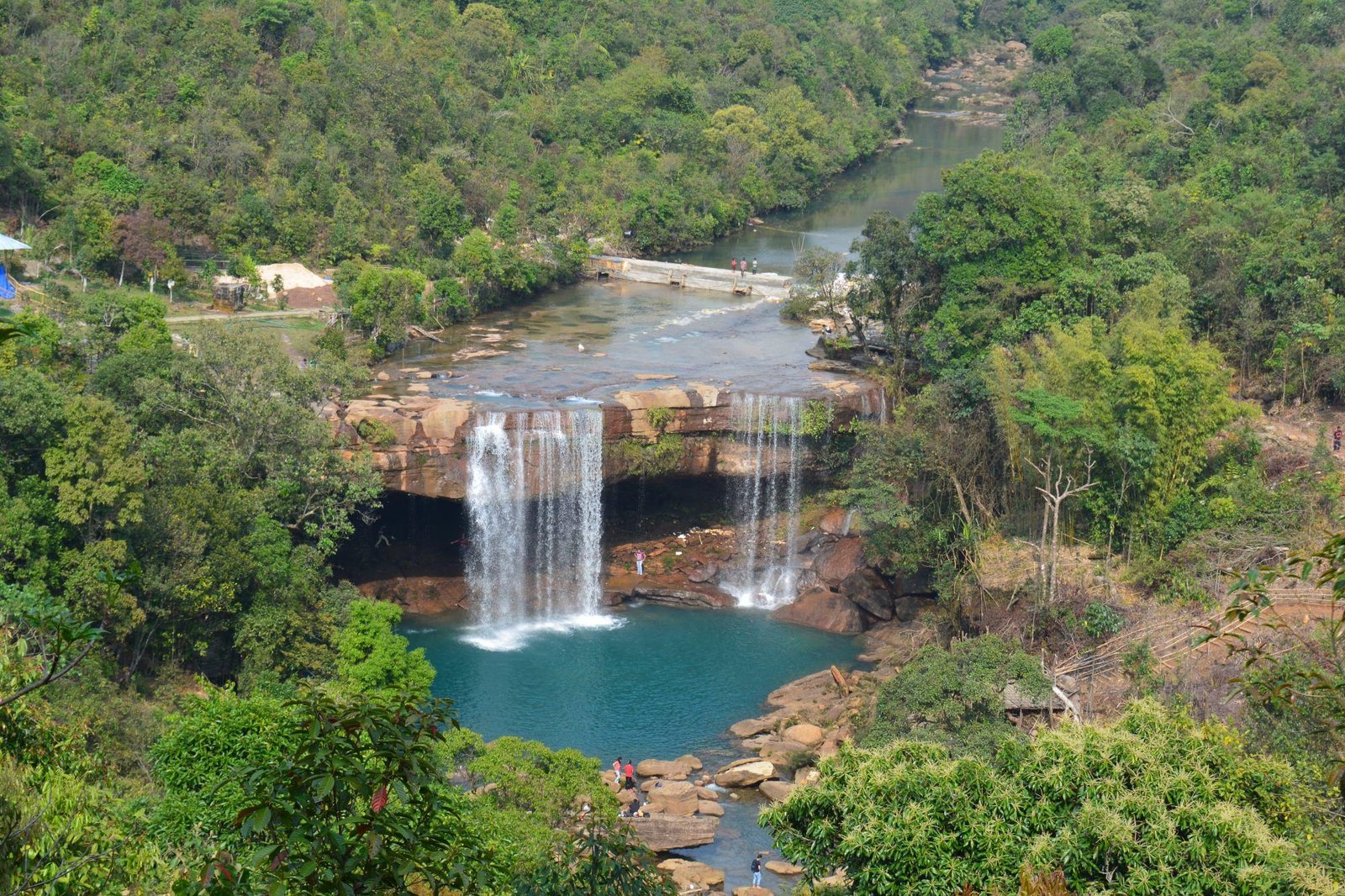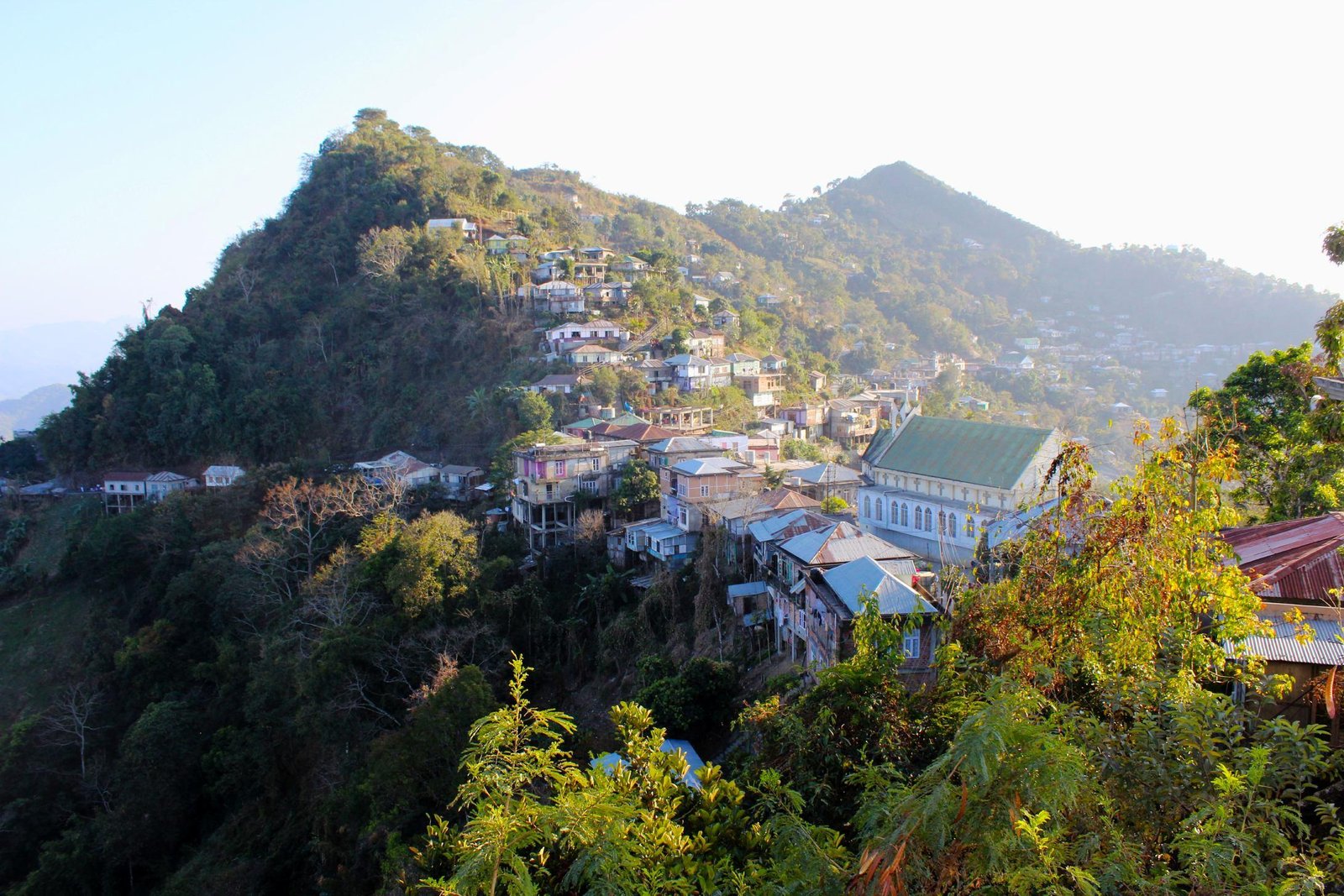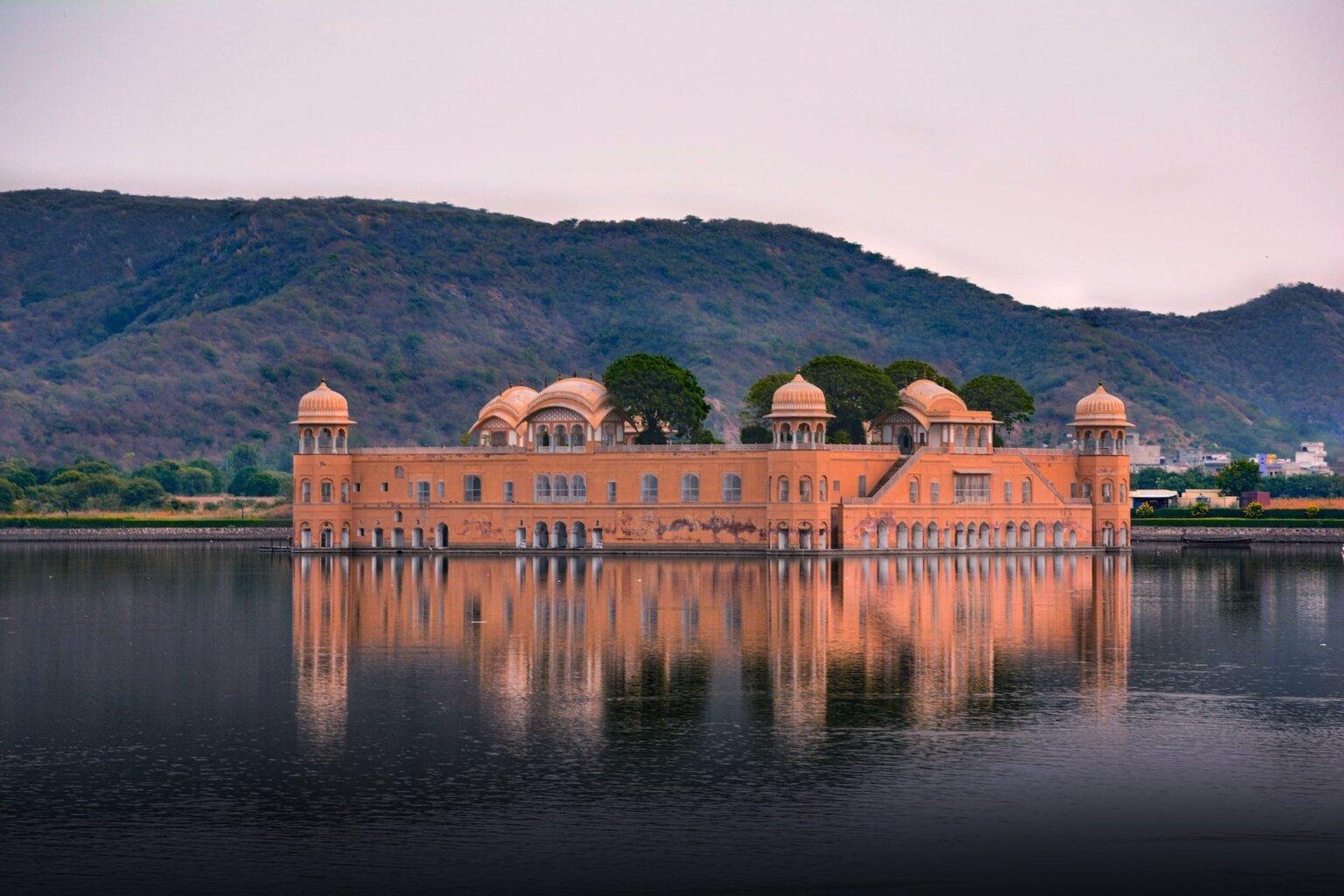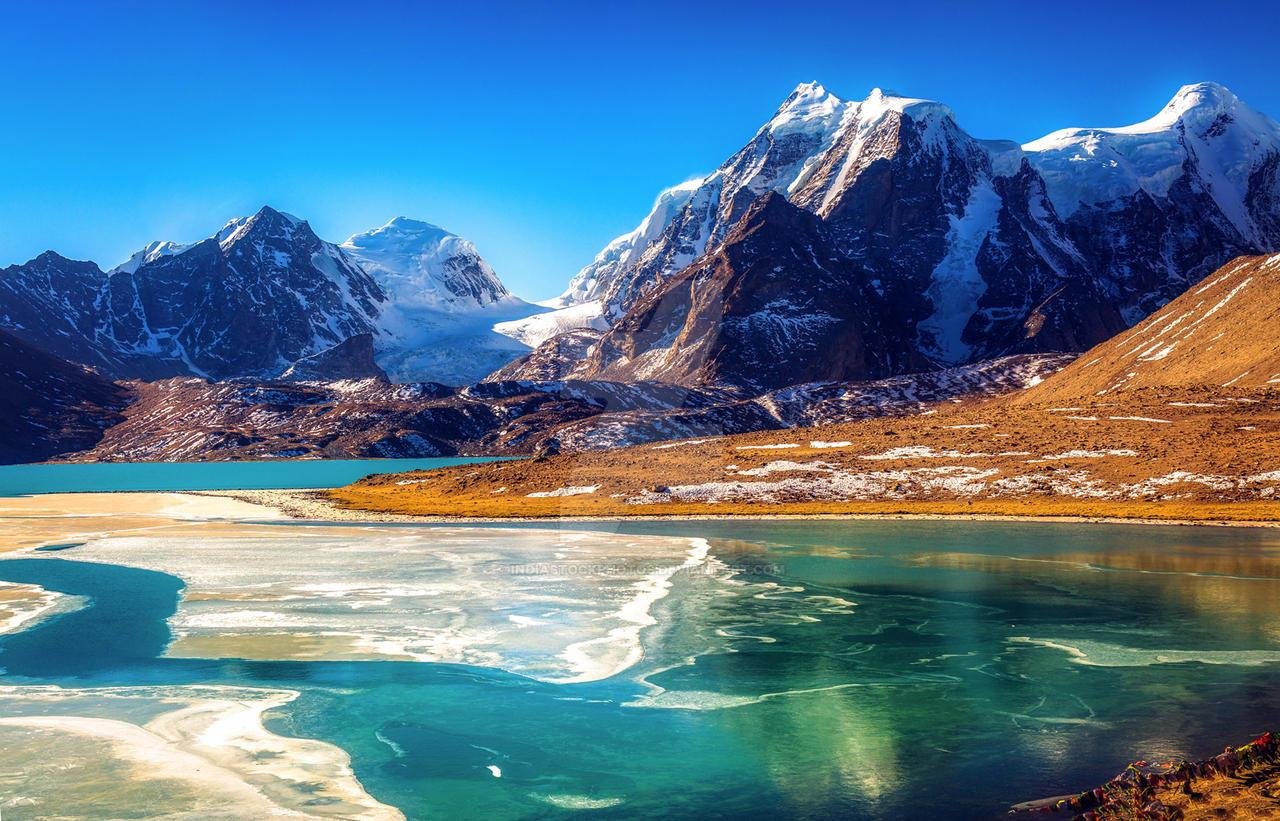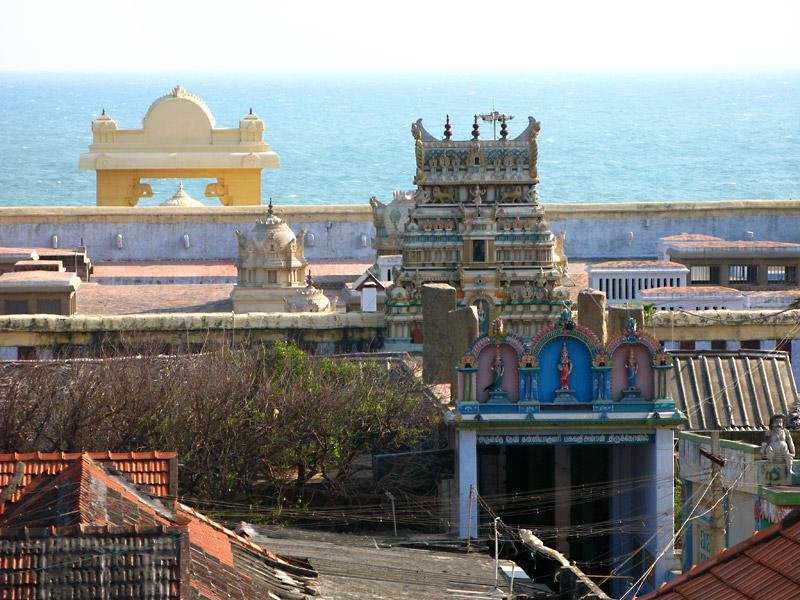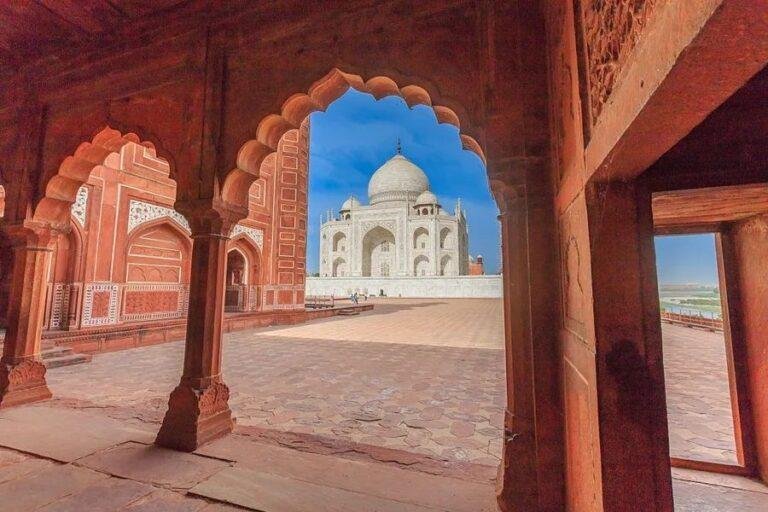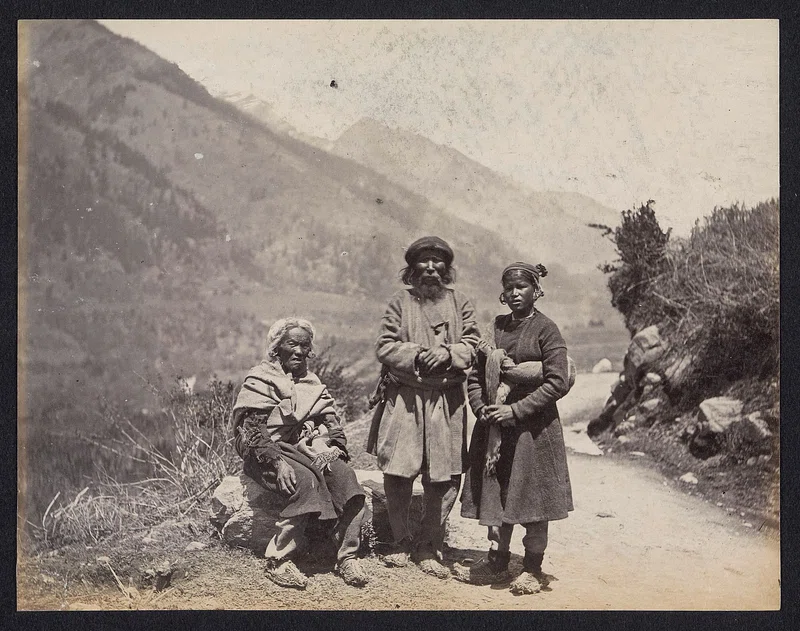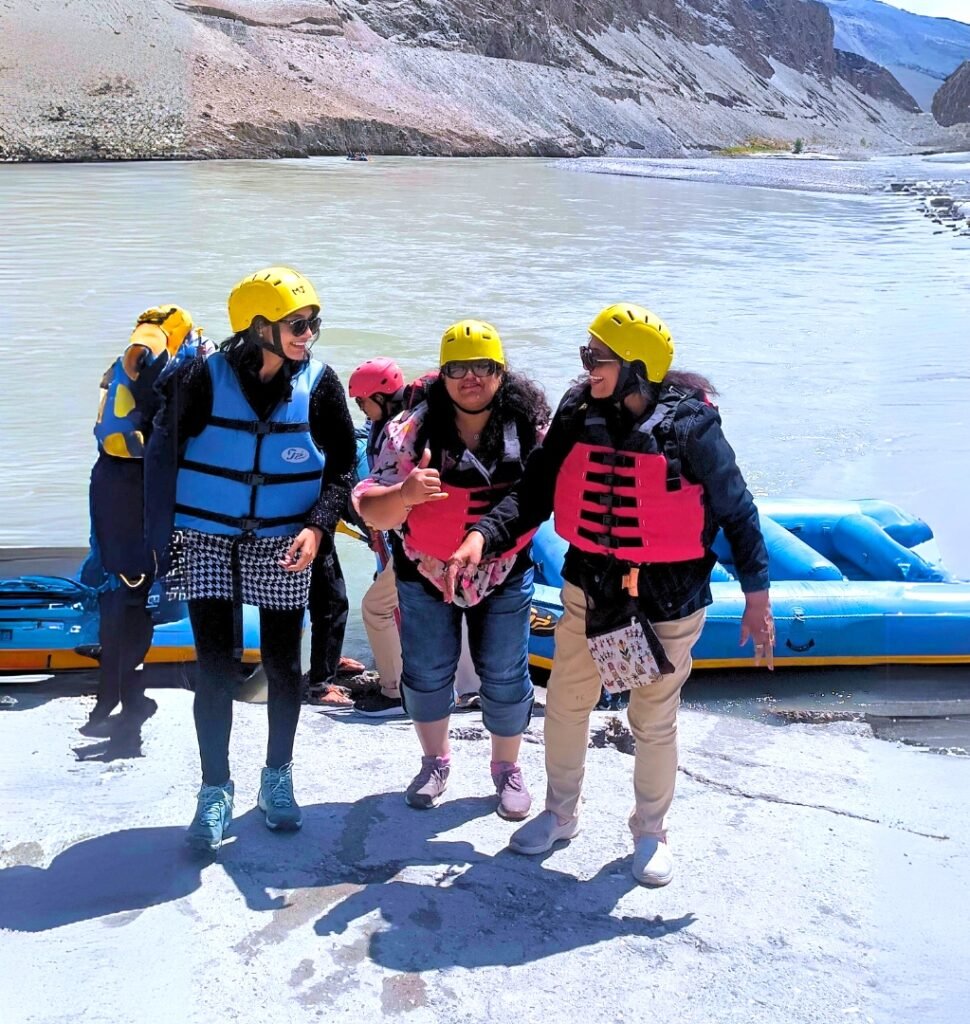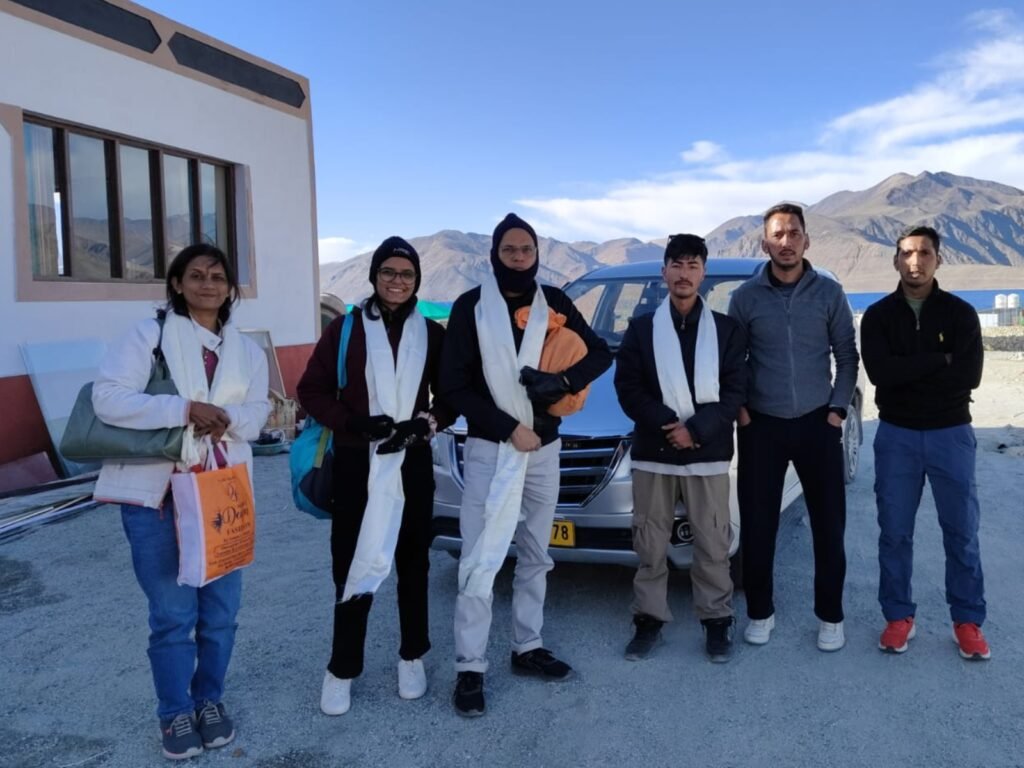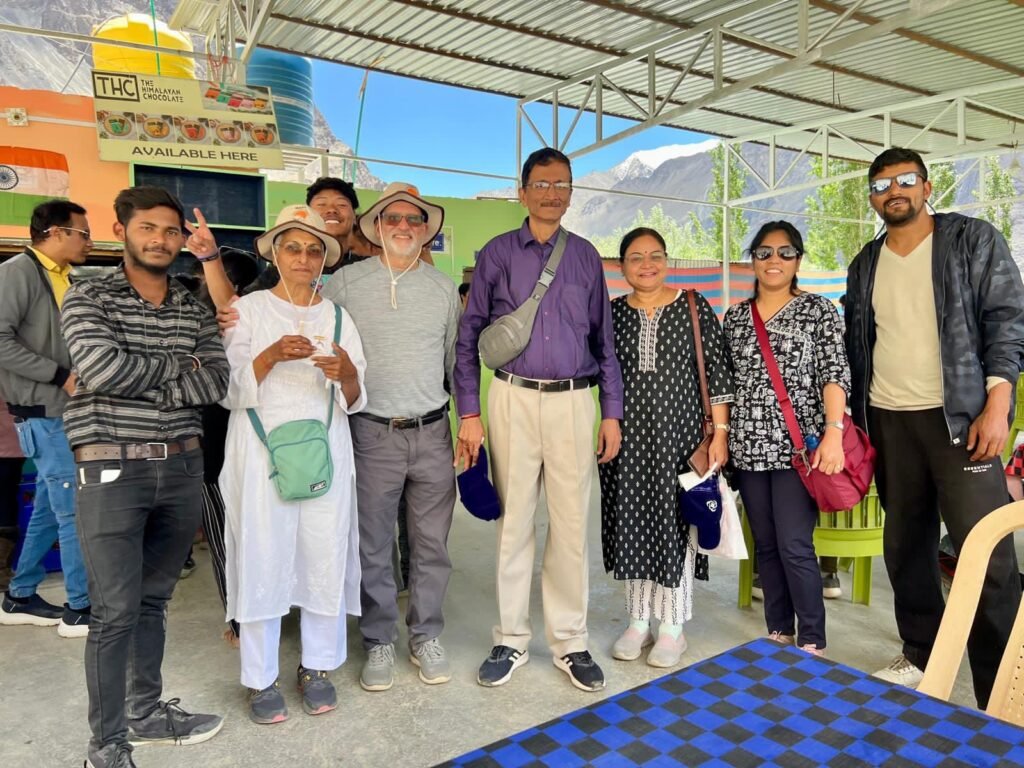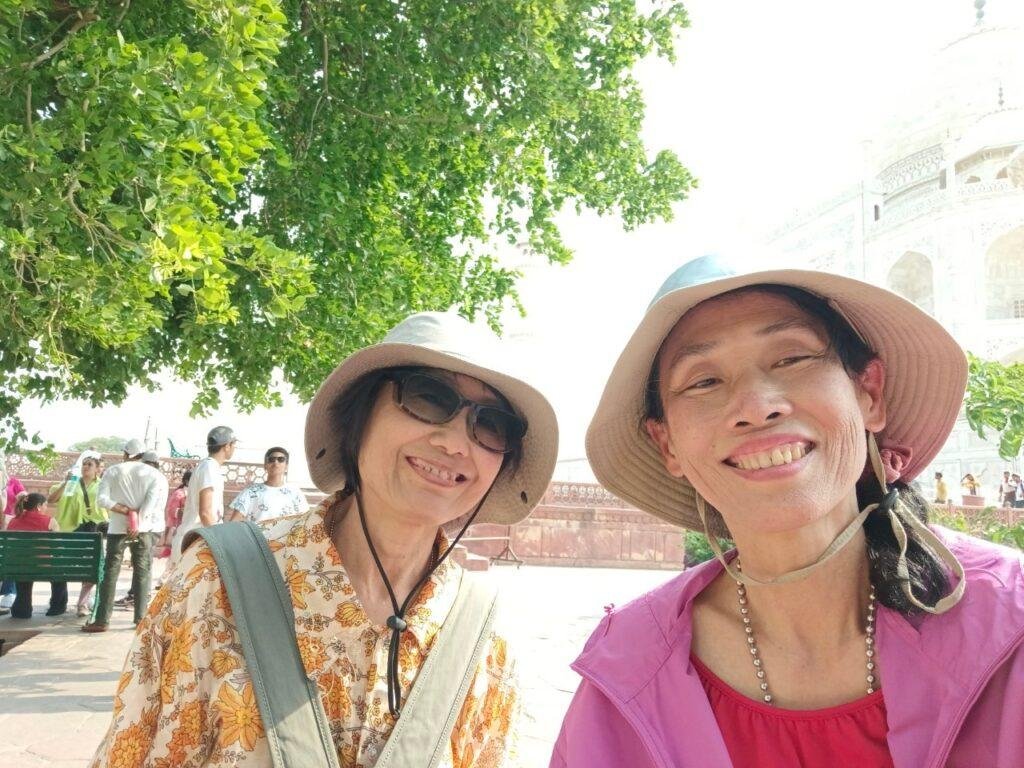The history of Himachal Pradesh, a state in northern India, is a tapestry woven with ancient civilizations, dynastic rule, and cultural influences from various empires. The region’s rich history dates back thousands of years and is a testament to the resilience and vibrant heritage of its people.
Ancient Period:
The earliest known inhabitants of the region were the tribes of Kols, Dasas, and Dasanas. The foothills of Himachal Pradesh were part of the ancient Indus Valley Civilization, with archaeological evidence suggesting human settlements in the area as early as 2,000 BCE. The Mahabharata epic mentions the region as the home of several tribes and kingdoms.
Medieval Period:
During the medieval period, several dynasties ruled over different parts of the region. The Rajputs held sway over parts of Himachal Pradesh, with the Katoch dynasty emerging as one of the prominent rulers in the area. The Katoch rulers established their capital in Kangra, which later became an important center of art, culture, and commerce.
The region also witnessed the rise of several other dynasties, including the Gurkhas, who conquered parts of Himachal Pradesh in the early 19th century. However, their rule was short-lived as the British East India Company gradually expanded its control over the region.
British Era and Post-Independence:
Himachal Pradesh came under British rule during the 19th century. The British saw the region’s potential as a cool summer retreat and established hill stations like Shimla, Dalhousie, and Kasauli. These hill stations served as administrative centers and became popular destinations for British officials and Indian aristocracy.
After India gained independence from British rule in 1947, Himachal Pradesh was initially a part of Punjab. However, in 1966, it was carved out as a separate union territory. Over time, the demands for statehood grew, and on January 25, 1971, Himachal Pradesh became the 18th state of the Indian Union.
Cultural Heritage:
Himachal Pradesh is known for its rich cultural heritage, which reflects the influences of various dynasties and ethnic groups. The region has a strong presence of Hinduism, Buddhism, and other indigenous tribal religions. Festivals like Dussehra, Diwali, and Holi are celebrated with great enthusiasm and are an integral part of the cultural fabric.
The traditional architecture of Himachal Pradesh is exemplified by its intricately carved wooden temples, such as the Hadimba Temple in Manali and the Laxmi Narayan Temple in Chamba. The region’s folk music, dance forms like the Nati and Kullu Dussehra, and vibrant handicrafts, including shawls, carpets, and metalwork, are renowned for their craftsmanship and artistic finesse.
Modern Development:
In recent years, Himachal Pradesh has witnessed significant development and progress in sectors like tourism, agriculture, hydroelectric power, and education. The state’s natural beauty, pleasant climate, and adventure tourism opportunities have made it a popular destination for domestic and international tourists.
The government has focused on sustainable development, preserving the environment, and promoting organic farming practices. The state is also known for its efforts in education, with a high literacy rate and the establishment of premier institutions like the Indian Institute of Technology (IIT) in Mandi.
Conclusion:
The history of Himachal Pradesh is a fascinating journey through time, showcasing the region’s ancient civilizations, dynastic rule, and cultural heritage. From its ancient roots to the present, the state has evolved into a vibrant and progressive entity while preserving its natural beauty and cultural traditions. Himachal Pradesh stands as a testament to the harmonious co
